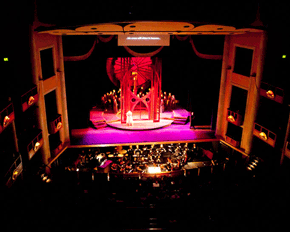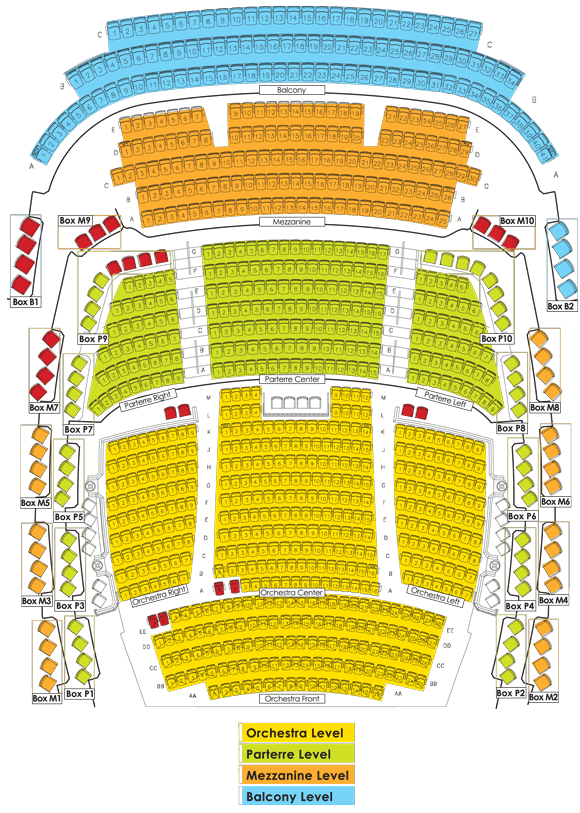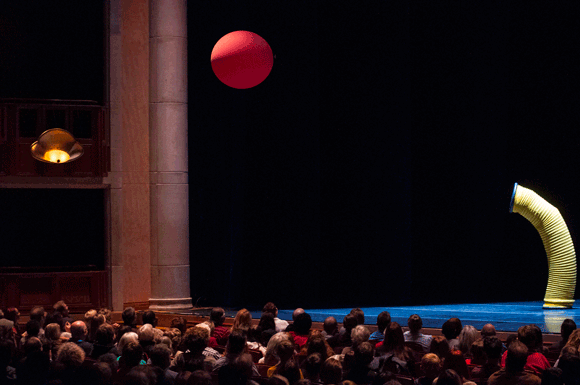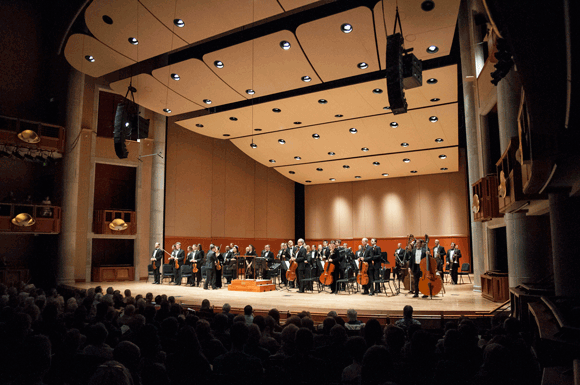92% jump in subscription packages
The Situation:
 One marketing person. A box office director. An executive director. These positions made up the core of the administrative staff dedicated to Newman Center Presents, the performing arts presenting program of the University of Denver. Yet, this three-person team was nimble and efficient. They made small changes and, even with limited budget, saw big results.
One marketing person. A box office director. An executive director. These positions made up the core of the administrative staff dedicated to Newman Center Presents, the performing arts presenting program of the University of Denver. Yet, this three-person team was nimble and efficient. They made small changes and, even with limited budget, saw big results.
Newman Center Presents hired TRG for a full suite assessment, focusing on pricing practices, inventory management, and season ticket campaign design. On their initial assessment, consultants targeted the following issues:
Before: Scale plan
Newman Center’s 971-seat house had been scaled traditionally, with the most expensive seats in the front and least expensive in the back.
Newman Center Presents
Former Seat Map

Newman Center’s 971-seat house had been scaled traditionally, with the most expensive seats in the front and least expensive in the back.
Heat maps of the venue revealed which seats sold most often, given different levels of demand. Often Newman Center Presents filled the seats in the middle and back of the venue--Center Orchestra, Center Parterre, Center Mezzanine, and to some extent, the Balcony. Empty seats were common on the sides of the house and near the stage in the Orchestra Front. Per capita ticket revenue had dipped during the recession.
Before: Price points for subscriptions and single tickets
An analysis of Newman Center Presents’ price points found that the $49 top ticket price had room for growth when compared to competitors in the marketplace. At the same time, the $33 entry-level ticket felt too high to be accessible. All four price points were relatively close to one another—the two middle price points were just small jumps up.
Newman Center Presents offers about 20 multi-disciplinary events a year, bringing touring contemporary dance, alternative classical music, jazz and world music to Denver. Newman Center Presents’ premier subscription package was a Director’s Choice subscription, featuring nine events picked by Executive Director Stephen Seifert. Patrons could exchange any of those productions for any other Newman Center Presents production. Newman Center Presents also had a plan where a patron could create their own package of five or three events.
Before: Demand and expense disconnected
Newman Center Presents’ marketing budget was laid out simply, with line items for printing, radio, etc., and they spent around the same amount on single ticket marketing for every show. They had overarching goals, but they were not broken out for individual events or for subscription marketing.
Newman Center Presents’ subscriber base had held steady for the past several years—acquisition in the Director’s Choice 9 package was stagnant. TRG analysis of Newman Center Presents’ marketing investments revealed they weren’t spending enough to market and grow subscriptions.
Results:
What were the results of Newman Center Presents’ work with TRG? Bigger audiences and more revenue generated per patron. In two seasons working with TRG (2013-14 and 2014-15):
- Per capita revenue for single tickets rose 18% over two years.
- Newman Center Presents grew ticket revenue by 27%.
- Subscription units increased by 92%. Subscription revenue increased by 68%

Photo: Mummenschanz at the Newman Center
How they did it:
After: Scale plan
The new scale plan went into effect in the 2013-14 season. It aimed to give every audience member in the venue the best experience possible. TRG consultants increased the number of seats at higher price levels, and re-positioned price zones. Pricing and scale has ensured the house looks well-attended for every performance. The increased perception of success has supported the incentive for subscriptions.
Newman Center Presents also introduced inventory management practices, where sections of the house were held from sale until more visible sections had filled to a specific capacity.

Despite scale changes, renewal rates continue to be strong. “We were concerned that re-pricing the house might dissuade patrons,” said Seifert, “but the new pricing strategy was based on a detailed analysis of the market demand for specific seats and simply helped us earn the value for those seats that the market would allow.”
After: Small tweaks to price points
Newman Center Presents moved the bottom price down from $33 to $29. They raised the top price from $49 to $55, to better align their pricing with peer organizations in the Denver marketplace.
For subscriber pricing, TRG and Newman Center Presents right-sized packages and the discounts offered over single tickets. Newman Center Presents already had a fixed Director’s Choice package with nine performances. They introduced a fixed Director’s Choice package with five performances, therefore giving prospective subscribers to a fixed performance package an option without the commitment of nine shows. This package was also intended to make it easier for Newman Center Presents to upgrade those patrons to the nine-performance package later. Newman Center Presents and TRG created tiers of subscriber discounts, so that subscribers in lower packages had incentive to upgrade their package. Director’s Choice 9 packages represented 25% in savings over single tickets (an increase from the 20% discount previously in effect), while the Director’s Choice 5 saved subscribers 20%. Choose Your Own packages saved only 8-12%.

Photo: Colorado Symphony Orchestra at the Newman Center
After: Matching expenses to demand and revenue expectations
Consultants started by helping staff set revenue projections for renewing and new subscriptions, as well as for single tickets and groups by event. This gave Newman Center Presents a new approach to their revenue goal and expense planning. Analysis of Newman Center Presents’ cost-of-sale encouraged them to right-size their single ticket marketing budget, spending more on productions with higher revenue expectations. Indeed, the number of tickets sold increased alongside revenue per ticket (per capita revenue).
This new data also encouraged Newman Center Presents to allocate more of their budget to their subscription campaign, to begin that campaign earlier, and to sustain subscription-only sales for longer than in the past. Consultants urged staff to run a campaign that was more targeted and with more touch points. These changes would cost more money but result in more sales.
“Of course, programming plays a huge role in what our year and our revenue looks like. The best pricing strategies and inventory management in the world won’t matter if the audience is not interested in experiencing the performances we have planned. It could be that our positive financial results for the 2013-14 and 2014-15 seasons simply represent the audience’s vote of confidence in the artists we have chosen, but our programming approach has been consistent for a number of years and I’m confident that all the tools TRG provided to us are largely to thank for our increased subscription base and single tickets sales,” said Stephen Seifert.
About Newman Center Presents
The Newman Center for the Performing Arts, located on the campus of the University of Denver, strives to provide the highest quality performing arts experiences for faculty, students, performers and the Colorado community. The University's own Newman Center Presents series is a multi-disciplinary, multi-cultural offering of renowned touring artists. It was inaugurated in the fall of 2003. Newman Center Presents mixes well-known performers with rising stars from around the world. Over half of the artists presented by NCP have never appeared in Denver before. NCP regularly commissions new works and provides educational residency activities for students of the University and pre-college students.
Pricing jargon: Talk the talk.
Wait, what's a heat map? And how's it different from a seat map?
Are you confused about the terms used in this case study? We've compiled a list of commonly used pricing terms in the performing arts. Read more>>
Download this case study
To download a PDF of this case study, complete the form below: